You have therefore focused on becoming a UX designer, ready to produce engaging digital experiences in websites and online marketplaces. You’re in the proper place! With a treasure store of ideas and useful advice, our “How to Become a UX Designer (2023 Guide)” is the best tool to start your path.
This extensive guide will cover:
- Key UX Guidelines and Approaches
- laying a strong basis by means of training and education.
- learning modern tools for design and programming.
- Creating your distinctive portfolio to highlight your skills
- Investigating how Plerdy’s UX study may support data-driven decisions
Using anecdotes, case studies, and personal experience, we will guide you across the fascinating world of UX design. Reading this article will help you to negotiate this shifting field.
So let’s start this journey together and turn your love of design into a vibrant UX career. Let’s make the future remarkable; it is waiting.
What is UX, and what does a UX designer do?
UX, sometimes known as User Experience, is the art and science of creating a pleasing and flawless interface between consumers and digital products like e-commerce systems and websites. Like a maestro arranging a symphony of design elements to guarantee a harmonic experience for the user, a UX designer guarantees this by means of their work.
Imagine a busy online market to help you to image the responsibility of a UX designer. Those would:
- Create a simple navigation mechanism that lead consumers naturally.
- Verify the coherent and interesting visual aspects of the website.
- Count on and handle possible user pain points.
- Using data-driven design choices will help to maximize user satisfaction and UX.
For a UX designer, a day consists in:
- Working with cross-functional teams helps one grasp user needs.
- Plotting prototypes and wireframes
- UX testing and user research
- Evaluating information to guide design enhancements
Toolkit of a UX designer usually consists of the following:
- Pen and paper for rapid sketching.
- Analyzes user interactions using wireframing tools like Sketch or Figma
- Prototyping tools like InVision or Adobe XD.
A UX designer gives a digital ecosystem life, therefore rendering it a friendly and interesting place for users. Their knowledge enables companies to flourish online, draws devoted consumers, and strengthens enduring relationships. A well-designed UX is like an invisible hand leading users throughout a flawless, fulfilling trip online.
Choose your educational path and start studying
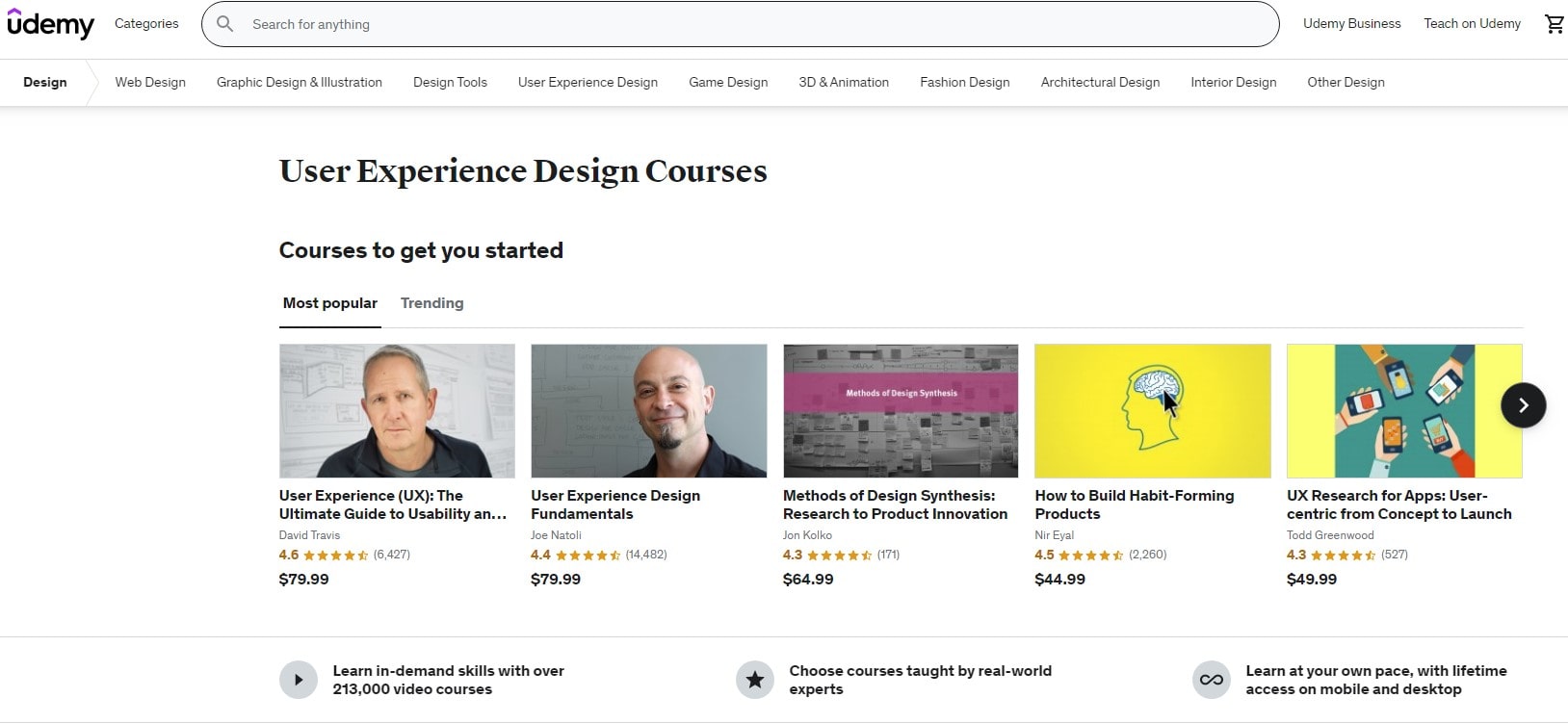
Choosing the correct educational route is like building the basis of a strong career. If you’re driven about UX design and want to create user-friendly websites and online stores, pursuing a degree in this industry could be your pass to success.
Starting a path towards a UX design degree prepares you to shine in the digital sphere. Usually, the schoolwork covers the following:
- User-centered design’s foundational ideas
- UX design concepts for interaction
- Evaluation and usability tests
- Digital platforms: visual design
As you investigate several schools, you could come across several degree programs:
- UX design, interaction design, or human-computer interaction Bachelor’s degrees;
- Master’s degrees in UX design or allied disciplines
- Online UX design focused boot camps or certification courses.
Entering the field of UX design will allow you to work on actual projects, developing your skill, and get ready for the hectic business. Moreover, at graduation you will have a portfolio highlighting your skills and achievements.
Selecting the appropriate degree is like sowing the seeds of your success going forward. Growing your knowledge and expertise in UX design will help you to be ready to leave your mark in the cutthroat online scene by producing digital experiences that appeal to users and support a healthy online ecosystem.
What skills should a UX designer have?

A UX designer is a master of several crafts, arranging several skills to provide customers surfing websites and online marketplaces smooth digital experiences. To succeed in this multifarious profession, a UX designer has to be quite versatile:
- Mastery of design programs like Sketch, Figma, and Adobe XD
- Excellent graphic design abilities with an eye on typeface, color, and layout.
- awareness of usability testing and user research techniques
- Mastery building prototypes, mock-ups, and wireframes.
- Recognition of inclusive design ideas and web accessibility
- Mastery in HTML, CSS, and JavaScript among coding languages
- Capacity of UX to examine and understand acquired data using instruments like Plerdy
The foundation holding these abilities together is good communication. UX designers have to express their ideas and work with cross-functional teams to make sure everyone agrees. They should also be able to boldly and clearly show their work to interested parties.
Furthermore, a UX designer should be always looking for fresh learning chances to be current with sector trends and best practices. Developing these few abilities helps a UX designer become a powerful tool in the digital sphere, turning websites and online stores into engaging, user-friendly experiences with long-lasting effect.
A List Of 15 Tips On How To Become a UX Designer
“How to Become a UX Designer” will help you negotiate the always shifting UX design scene. Analyzing the professional observations of the guide will help you to design captivating websites that leave users yearning more. Then, looking ahead, this book will be your compass, guiding you toward a rewarding career as a sought-after UX designer.
1. Develop a Solid Understanding of Design Principles

Any future UX designer must have a strong grasp of design concepts. Understanding these basic ideas will help you to establish outstanding user experiences by means of their foundation.
Any well-crafted user experience is built on design concepts. They offer a structure for aesthetically pleasing, simple, understandable user interfaces. Every UX designer should be familiar with several fundamental ideas including the following:
- To keep your design in balance, equally distribute the components.
- Create visual appeal by contrasting several colors, forms, and textures.
- Maintaining consistency in appearance and feel among several design components helps to produce a coherent experience.
- Clearly and logically arrange material to let people traverse the interface effortlessly.
- Aligning pieces methodically will help to provide a neat, orderly appearance.
Consider yourself creating an e-commerce website, for instance. Applying the idea of balance guarantees that product photos and text are evenly distributed, therefore facilitating user navigation and finding of the required information. Using contrast will help you to emphasize important calls to action, including the “Add to Cart” button, thereby attracting users. Using opposing will in your de by will help to produce a coherent brand identification. Simultaneously, hierarchy and alignment will enable users to grasp the structure of the site and move naturally from one part to another.
To create user experiences that your audience will find relevant, then, a firm basis in design concepts is very essential. Mastering these fundamental ideas will help you to be on your path to become a great UX designer able to produce significant, interesting, and memorable user experiences.
2. Master UX Research Techniques
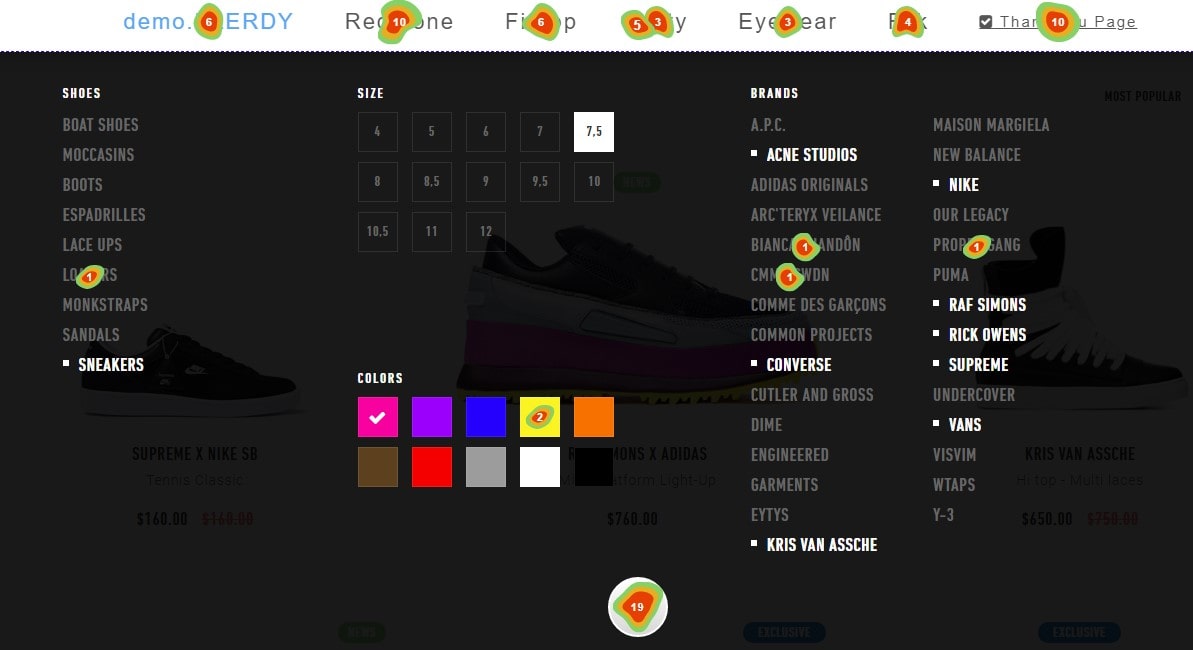
Any UX designer hoping to produce significant, successful user experiences must first master UX research techniques. UX research maximizes usability by letting designers delve deeply into consumers’ needs, preferences, and behavior, therefore guiding design decisions.
UX research techniques fall mostly into two categories: qualitative and quantitative. Combining these methods will help you to fully grasp how your users interact with your offering. Several often used methods include:
- One-on-one user interviews allow one to get in-depth understanding of their expectations and experiences.
- Structured surveys help you to gather quantitative information from a sizable user base.
- UX testing and usability observations of users interacting with your website point up areas of difficulty or uncertainty.
- Card sorting lets users classify and arrange material, therefore guiding your knowledge of their mental models and designing appropriate information architecture.
- A/B testing is the comparison of two or more design variants to ascertain which achieves particular objectives most effectively.
For a redesign of a website onboarding experience, for example, you might interview visitors to learn their first impressions, expectations, and pain issues. While usability testing can identify areas consumers find difficult, surveys can help you better understand more general user preferences and opinions. A/B testing helps you to fine-tune design aspects for best efficacy; card sorting helps to maximize the content structure of the application.
Basically, learning UX research methods helps designers to produce efficient and interesting user-centric experiences. Moreover, using several UX research techniques helps you to guarantee that your design choices are based on evidence, so improving user and business results.
3. Learn Interaction Design and Information Architecture
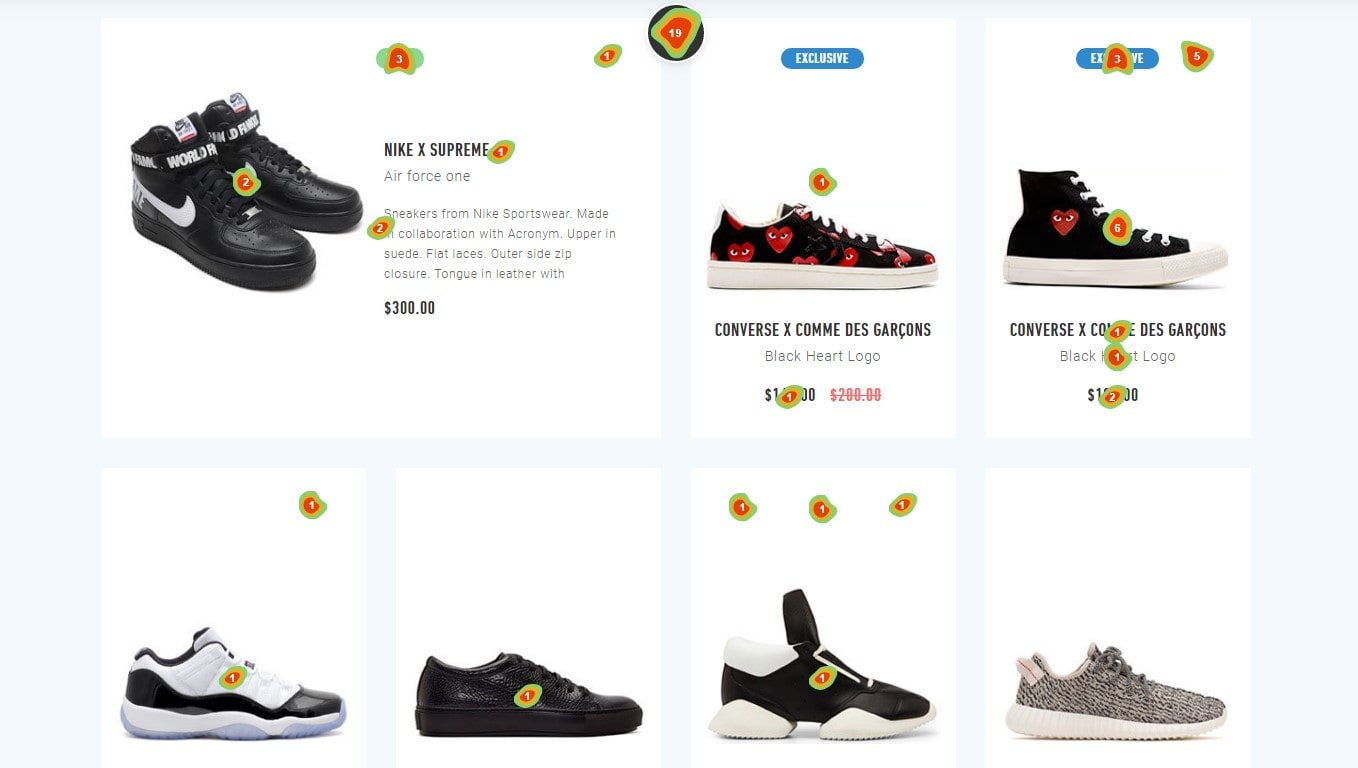
Any UX designer hoping to develop simple, user-friendly experiences must first acquire knowledge of interaction design and information architecture. Both fields concentrate on guiding consumers’ interactions with and navigation through digital products so guaranteeing flawless and fulfilling encounters.
Crafting the flow of user interactions—from basic clicks to intricate gestures—interaction design is focused on It seeks to establish a good user experience by making interfaces seem natural and responsive. Important principles of interaction design consist in:
- Giving consumers fast, unambiguous signals that their actions have been acknowledged and handled helps to ensure this.
- Ensuring homogeneity among interface elements—such as buttons and menus—helps to foster familiarity and simplicity of usage.
- Designing pieces so that they convey their intended purpose helps users to interact appropriately.
Conversely, information architecture addresses content organization and structure inside a digital product. Creating a good information architecture facilitates users’ search for what they are looking for and goal attainment. Fundamental elements of information architecture consist in:
- UX design creates simple, easy-to-use paths for people to traverse across your offering.
- Logistically organizing relevant material helps the user search more easily.
- Labeling: Giving categories and materials clear, understandable labels that help to enable quick recognition and understanding.
Say you are creating a music streaming app. Using interaction design ideas would produce a visually consistent interface with suitable feedback—that example, highlight a button when pushed. Information architecture would then help you arrange playlists, music genres, and user profiles in a way that users would find simple navigation.
Ultimately, developing interesting, user-centric experiences that please consumers and inspire them to return to your product often depends on mastery of interface design and website architecture.
4. Enhance Your Visual Design Skills
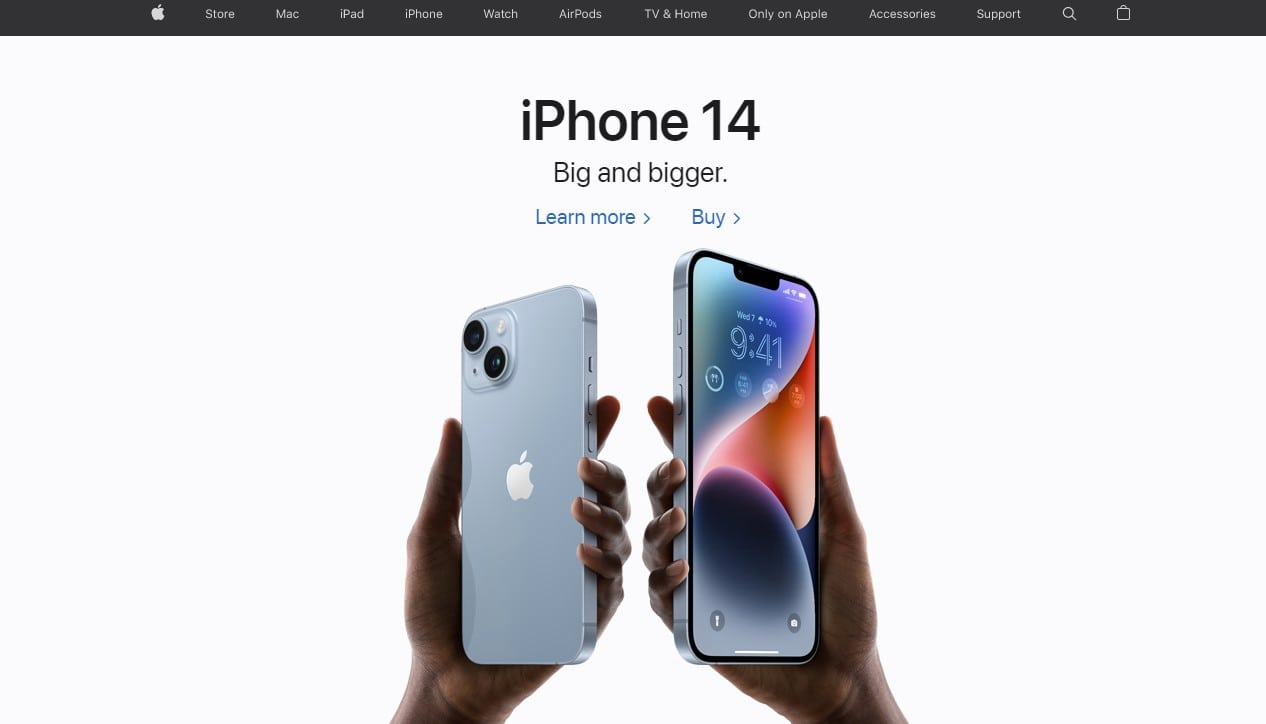
Creating outstanding user experiences depends on your ability to improve your visual design skills since they are so important in catching users’ attention and leading them across your product. Furthermore improving the general appearance and supporting usefulness and user happiness is the polished visual design.
These are some important areas for development of your visual UX design abilities:
- Understanding color theory helps one to better employ colors to arouse particular feelings or behaviors in psychology.
- Learn to choose and match fonts to guarantee readability and visual appeal.
- Organization of elements on a page will help you to achieve best user experience and visual harmony.
- Create an eye for choosing and working with images that accentuate your design.
- Learn popular design patterns and best practices for several platforms and devices.
To inspire people and create excitement, for instance, you might choose vivid, dynamic colors. While great photographs of people working could motivate users to visit the gym, careful typeography and layout decisions would help the app to be easily navigable. Fithem would guarantee the app feels familiar and easy by using tried-through design patterns.
UX designers have to raise their graphic design skills if they are to create interesting, user-friendly interactions. Focusing on elements including color theory, typeface, layout, image, and design pattern will help you create items that thrill consumers and keep them returning for more.
5. Master Prototyping Tools
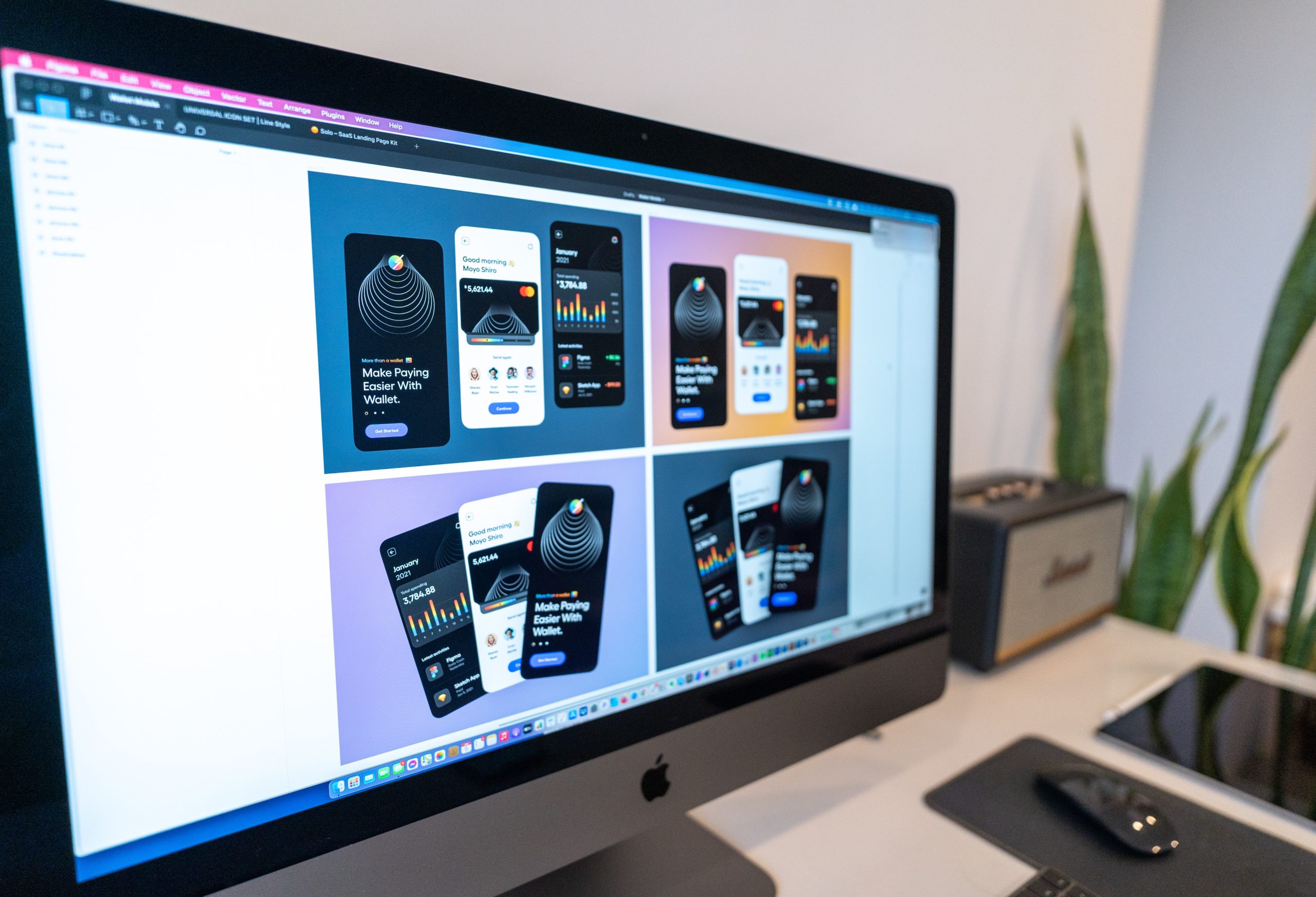
Any UX designer should learn prototyping tools since they will help you to realize your ideas and test them using actual people. Prototypes are interactive mock-ups of your product that let you find possible problems, get comments, and improve your design before you start major production.
There are several prototyping and user experience tools on the market, each with special qualities and capacity. Your particular demands and project requirements will determine the correct instrument to use. Some well-known prototype instruments are:
- Designed mostly for producing stationary wireframes and high-fidelity mock-ups, sketch is a flexible vector-based tool.
- Perfect for collaborative projects and remote work, this cloud-based design tool offers real-time communication.
- Integrating effortlessly with other Adobe products, this thorough design and prototyping tool provides strong capabilities for producing and distributing interactive prototypes.
- Popular for producing clickable, interactive prototypes with transitions and animations to replicate actual app behavior is InVision.
- Axure RP is a strong tool for building sophisticated, data-driven prototypes with extensive capability like dynamic content and conditional logic.
For a mobile app concept, for example, you might begin by building a stationary wireframe in Sketch or Figma. As your design develops, you might then switch to a program like Adobe XD or InVision to incorporate interactivity, therefore enabling a website for users and stakeholders to personally experience the product. At last, for more complex ideas, Axure RP might be your preferred instrument for creating dynamic, data-driven prototypes.
Ultimately, each UX designer must be proficient with prototype tools since they enable speedy gathering of useful user feedback and iteration on their concepts. Moreover, knowing different technologies and choosing the appropriate one for your project can help you produce interesting, captivating user experiences.
6. Understand Usability Testing
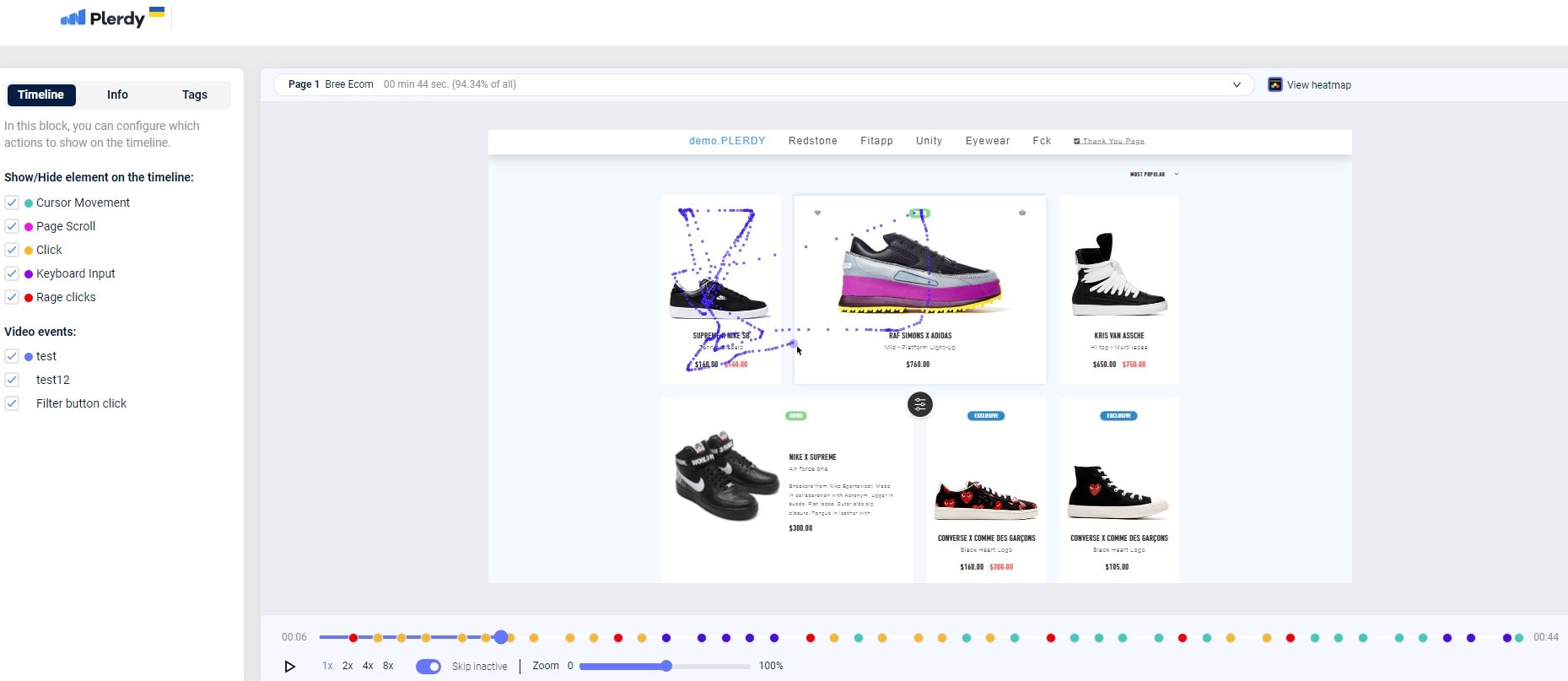
UX designers really must understand usability testing since it helps them to assess their creations from the user’s point of view, spot possible problems, and make wise enhancements. Observing actual users of your website helps you to get important understanding of their preferences, difficulties, and general experience by means of usability testing.
Your objectives and the level of your design process will determine the several usability testing and UX techniques available. Some typical techniques consist in:
- Moderated testing consists in a facilitator directing users through particular activities, posing questions, and, as necessary, providing clarifications of directions.
- Users of unmoderated tests execute activities on their own, usually via a web-based platform, and their actions are logged for further study.
- Remote testing uses screen-sharing or video-conferencing technologies and involves participants at several sites.
- Users in think-aloud tests communicate their ideas, emotions, and decision-making strategies as they engage with the product.
You have created an e-commerce website, for instance, and wish to assess its usability. Participants in a moderated, think-aloud test might offer their opinions while traversing the site and completing tasks including browsing products and making purchases. Through user comments, you can see areas where users might require assistance—like a complicated checkout system or hard-to-find product categories.
UX designers that aim to produce user-centric experiences must first understand usability testing. Choosing the appropriate testing technique for your project and getting insightful customer comments will help you improve your design, increase user satisfaction, and finally raise the success of your product.
7. Pursue Relevant Education and Training

To thrive in this cutthroat industry, UX designers need the required training. Investing in your professional growth can help you to be ready to handle difficult design problems and produce outstanding user experiences.
From official degree programs to online courses and seminars, there are plenty of educational possibilities. Some well-liked choices are:
- Bachelor’s or master’s degrees in graphic design, interaction design, or human-computer interaction give a strong basis in design concepts, research approaches, and user-centered design techniques.
- To help you hone particular skills or expose yourself to new tools and practices, online sites including Coursera, Udemy, or LinkedIn Learning provide UX-oriented courses and certificates.
- To hasten your job move into UX design, boot camps and immersive programs like General Assembly or CareerFoundry offer rigorous, hands-on instruction.
- Industry conferences and seminars allow you to keep current with the newest trends and advances in the area, network with other professionals, and learn from subject-matter experts.
To grasp UX concepts and techniques, for example, register for an online course. As your skills develop, then take into account going to a boot camp to hone your abilities even more and create a portfolio highlighting your work. At last, taking part in industry events will enable you to network, learn from thought leaders, and keep current on fresh UX area innovations.
Aspiring UX designers must thus pursue pertinent education and training if they are to have the tools and knowledge required to thrive in this exciting, quick-paced sector. Using the many learning chances at hand can help you to be well on your path to a fulfilling job in UX design.
8. Create a Strong Portfolio
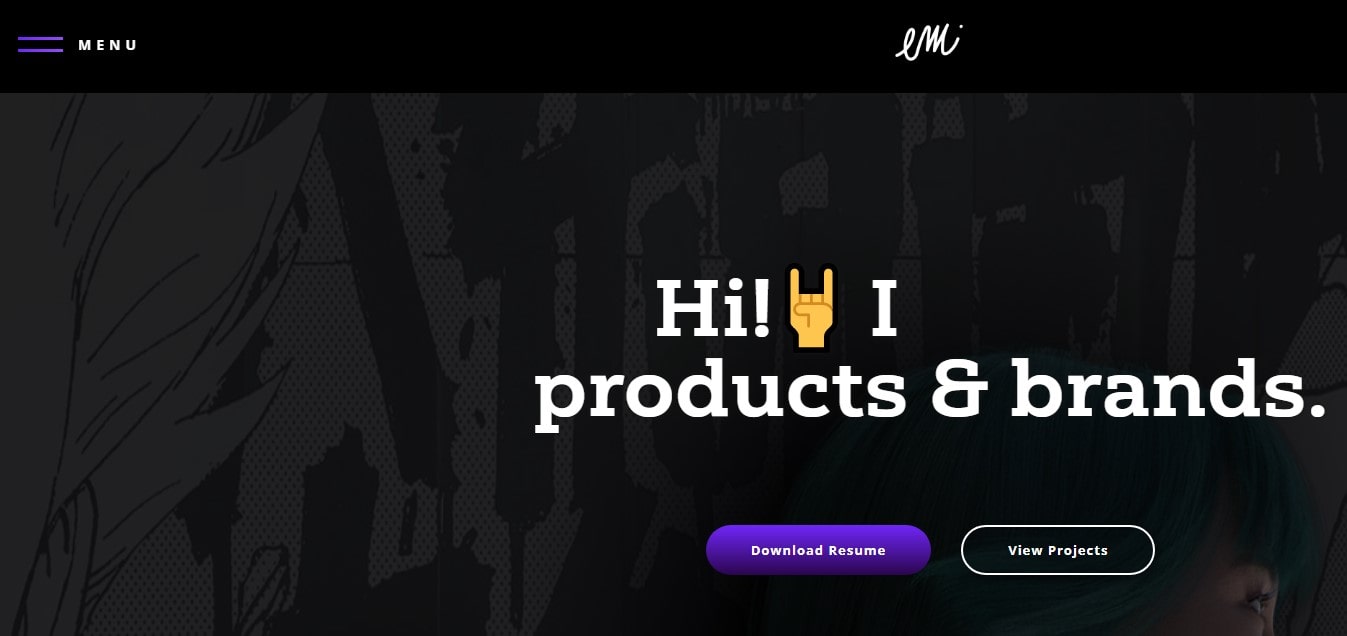
Breaking into the UX design industry depends mostly on building a great portfolio since it presents to possible companies or clients your skills, inventiveness, and problem-solving capacity. A well-made portfolio can differentiate you from the competitors and open the path for a successful UX design career.
Use these ideas to create a striking portfolio:
- First, choose many UX initiatives. Show your adaptability by adding a variety of projects proving your knowledge in several spheres, including user research, wireframing, prototyping, and graphic design.
- Emphasize your technique: Describe your UX design process and the processes you used to get at the last answer. This will enable viewers to grasp your way of thinking and capacity for addressing problems.
- Highlights actual experience: Add UX case studies from personal projects, freelancing, or internships to show your capacity to apply UX design ideas in practical contexts.
- Add background information. Give viewers context on every project, including the objectives, target audience, and difficulties encountered, therefore enabling them to understand the relevance of your work.
- Stay current with it. Update your portfolio often with fresh ideas and enhancements to highlight your developing designer ability.
Apart from designing an aesthetically pleasing website, take into account having your portfolio available in other formats, such PDF or print, to suit diverse circumstances. Recall that your portfolio captures your design ability and imagination; so, present your best foot forward and let your work to speak for itself. With a strong portfolio, you’ll be positioned to land your ideal UX design job.
9. Network with UX Professionals

Networking with UX experts can provide your UX design path access to fresh prospects, insightful analysis, and mentoring. Establishing a strong network links you to possible employment or project partners and keeps you current on the newest trends and best practices.
These ideas will help you to properly connect with UX experts:
- First, go to industry events: Meet-ups, conferences, and seminars provide great forums for interacting with like-minded experts and exchanging ideas. To grow your network, try to show up for these in-person and online events.
- Participate in internet communities. Engage in idea sharing, question asking, and learning from seasoned experts by means of UX design forums, social media groups, and discussion boards.
- Use expert venues: Follow thought leaders, network UX designers, and highlight your work to a larger audience on LinkedIn.
- Participate in design projects: Work with small companies or organizations to get experience and network other UX experts driven by your love of design.
- Either be a mentee or a mentor; advise budding designers from seasoned experts or vice versa. Long-lasting relationships and mutual development are possible from this reciprocal interaction.
Recall that networking is really about developing real relationships. Share your expertise, approach individuals sincerely interested in their experiences, and be receptive to learning from them. As you negotiate the always changing landscape of UX design, these relationships will grow to be great tools over time.
10. Gain Experience through Internships and Freelancing
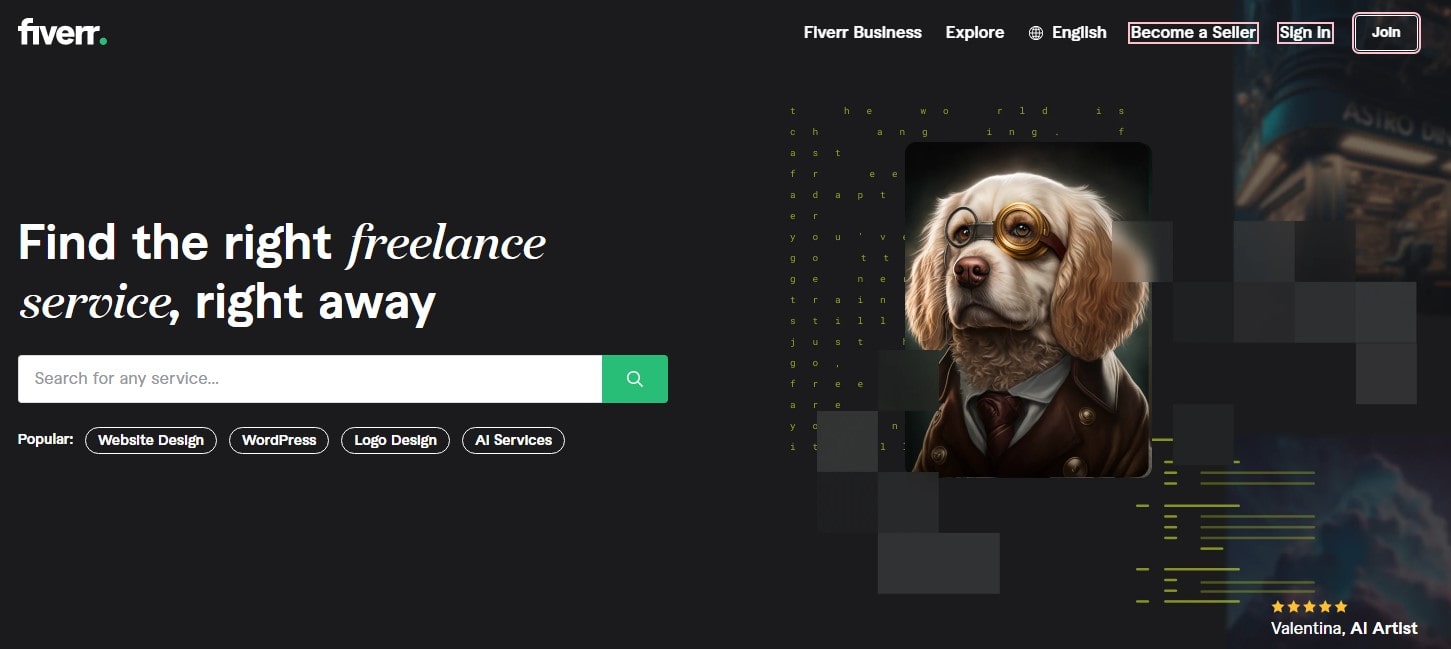
Anyone aiming to be outstanding in UX design has to be pragmatic. The perfect places to hone your skills, apply theoretical knowledge in practical settings, and increase your industry knowledge are freelancing and intern opportunities. Moreover, by totally participating in useful projects, you might enhance your UX portfolio and build your name as a competent UX designer.
Consider the following starting points for your road:
- Look for internships in design firms or internal UX teams to get invaluable knowledge guided by seasoned professionals. Apart from a designated learning environment, internships provide networking opportunity to meet like-minded people.
- Help open-source projects or handle freelance client chores. Freelancing lets you manage your calendar, work on many projects, and research many industries.
- UX design competencies: challenges Participate in design competitions or hackathons to showcase your skills, obtain feedback, and even land honors or recognition.
- Working on passion projects together with other aspirational designers or developers will provide a special and beneficial educational experience.
Recall these concepts while researching freelancing and internships:
Early on, look for opportunities; get in touch with potential clients, or seek for suitable internships.
Maintaining your skills, follow the trends, and be ready to change to new instruments and technology.
Your design process, outcomes, and lessons learned from every assignment can help much both now for your portfolio and next tasks.
By means of internships and freelancing, you will create a dynamic UX environment and begin to build yourself as a sought-after design professional.
11. Develop Soft Skills
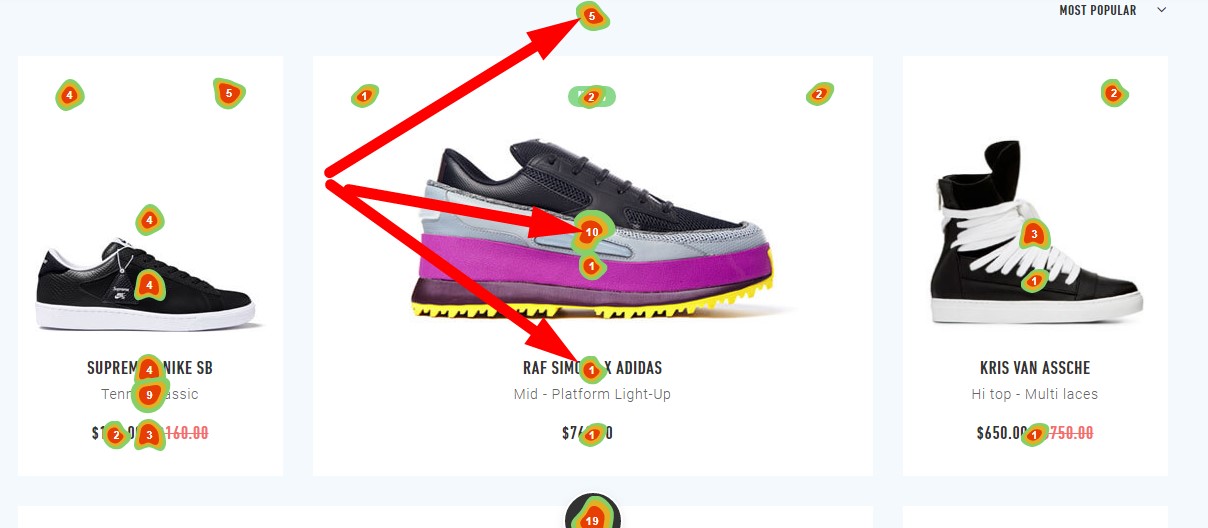
More in UX design than in technical understanding will help to guarantee success. Developing soft talents and intangible interpersonal qualities also helps one to flow in this competitive field. These skills help to guarantee perfect customer experiences and enhance your working contacts as well.
Consider sharping the following soft talents to set you apart:
- Show clients, team members, and stakeholders your UX designs convincingly; then, effectively express your ideas and pay great attention.
- Encouragement of user-centric designs results from your ability to understand their needs, objectives, and irritations.
- Collaboratively with cross-functional teams, embrace many points of view and apply group expertise to achieve shared goals.
- Change with the times; learn from mistakes; adjust your approach in reaction to comments or revised project requirements.
- UX analyzes challenging issues, evaluates multiple choices, and bases design decisions on reasonable judgment.
Help to build these soft skills by:
- Attend webinars, seminars, or online courses addressing improving communication, teamwork, or other relevant skills.
- Join local UX design forums or discussion groups to share ideas, pick advice from others, and improve your people skills.
- Review your past to identify areas for personal growth and design your strategies of action.
By means of time and effort, developing your soft skills will enable you to become a well-rounded UX designer and provide a cooperative, creative, and user-oriented work atmosphere with outstanding results.
12. Learn from UX Design Case Studies
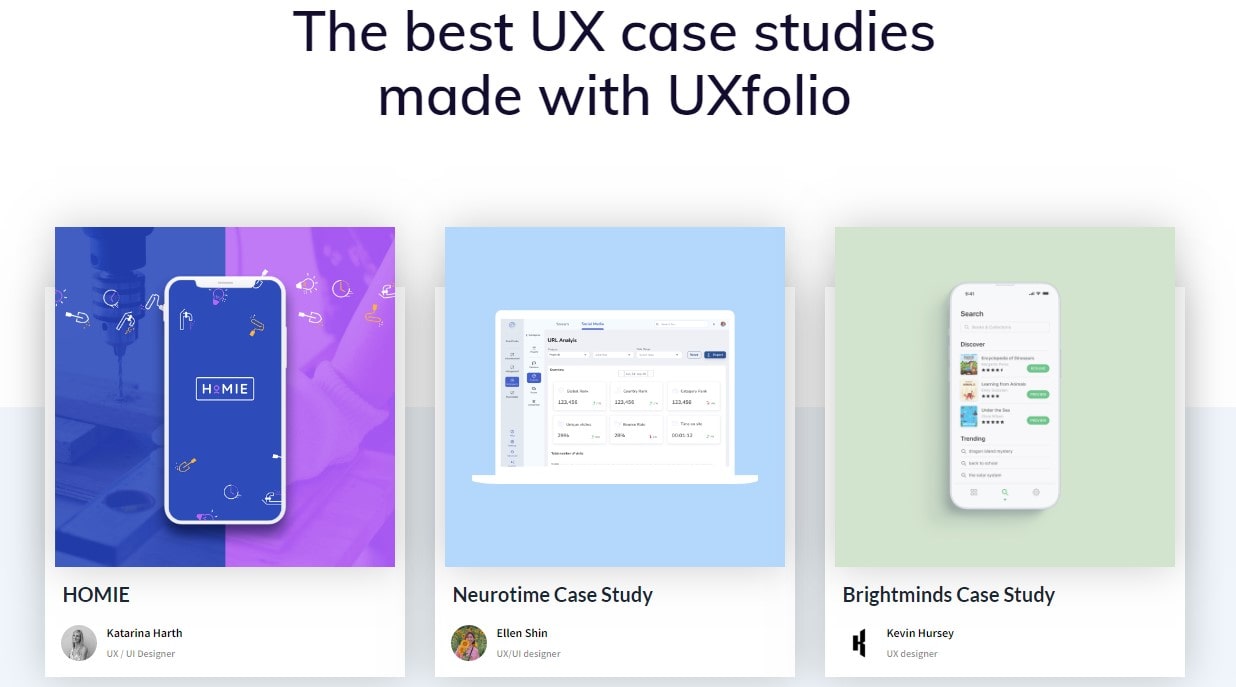
One fairly useful teaching tool is looking at UX design case studies. These informative case studies offer a plethora of information, stressing both designer achievements and challenges as well as effective approaches of problem-solving. Examining these case studies can help you hone your design skills, increase your knowledge, and at last land a UX job.
Consider using techniques to maximize UX case study benefits:
- Create routines: See repeating themes like user needs or shared design ideas that consistently yield good results.
- Look over responses. Analyze the used design solutions in respect to user experience.
- Remember acquired knowledge. After noting any mistakes or difficulties overcome, use these concepts for your own projects.
Some recommended sites include UX case studies at:
- Industry reports including the yearly UX Design Report from Nielsen Norman Group.
- UX-minded podcasts or YouTube channels with designers sharing their works.
Looking at case studies, don’t hold back when looking at many industries or niches; you never know what ideas might fit your initiatives. Many times and critical study of UX design strategies will assist you to look from a different perspective and increase your understanding of what defines exceptional user experiences.
13. Stay Updated on Industry Trends
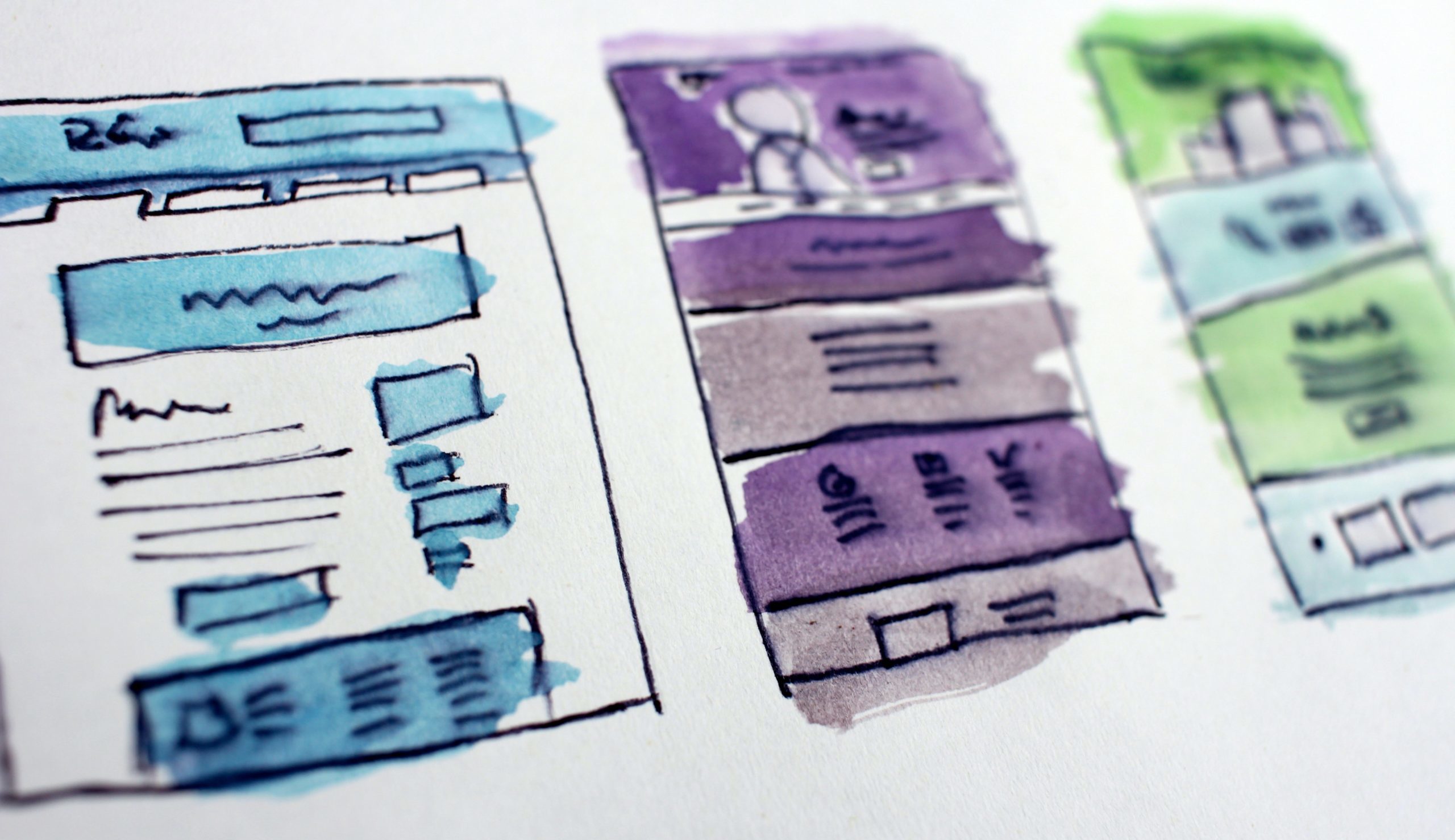
UX designers have to be always informed of industry trends; this will help them to maintain a competitive advantage and stay ahead of the curve. Maintaining current will assist you to add the most recent tools, ideas, and techniques into your work, so ensuring that your designs are relevant and modern.
Consider the following strategies to be informed about the continually shifting UX scene:
- Read reliable design books; follow blogs, magazines, and online publications stressing UX design, such UX Design or Smashing Magazine.
- Use online communities and forums. Share ideas and comments with other professionals on websites including UX Stack Exchange, Designer News, and Reddit.
- Attend meetings and seminars. Participate in industry events—in-person and virtual—to learn from thought leaders and expose yourself to new ideas, therefore strengthening the design community.
- Follow influencers and thinking leaders: Following podcasts, blogs, or social media accounts helps you track outstanding UX experts.
- Organize groups of experts: Join UX-related groups or societies including the Interaction Design Association (IxDA) or the User Experience Professionals Association (UXPA).
Maintaining current on industry trends will assist you to acquire crucial knowledge of current best practices and increase your awareness of evolving patterns and possible field disturbances. By means of this proactive approach to lifelong learning, you will empower yourself to keep a thriving career in the always fast sector of UX design.
14. Get Certified in UX Design
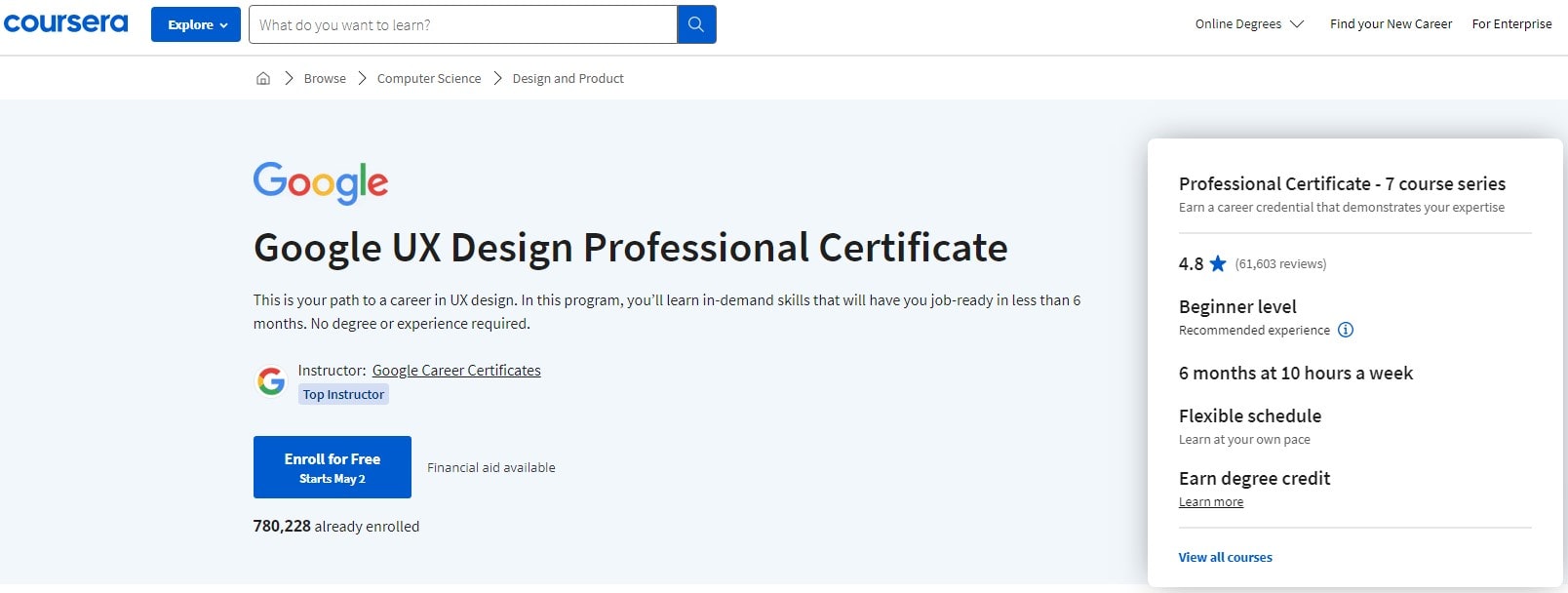
A UX design certification will highlight your industry commitment and provide you a competitive edge, therefore acting as a feather in your crown. Moreover, obtaining a recognized accreditation demonstrates your mastery of tools, user experience principles, and best practices.
Several reputable companies provide UX design credentials with particular criteria and concentration areas. Among the often chosen options are:
- Courses offered by the Interaction Design Foundation (IDF) cover a wide range of UX-related topics; after completing any course, you will be accredited.
- Nielsen Norman Group (NN/g) : The respected NN/g enables you concentrate on disciplines including UX management, interface design, or mobile UX with a UX Certification program.
- Certified Professional (CPX) User Experience: The International Usability and User Experience Qualification Board (UXQB) provides three levels of the CPUX certification: Foundation, Advanced, and Expert.
Spend some time weighing the benefits and negatives of any UX certification program you come across. Consider issues including cost, length, course content, and the standing of the issuing company. A carefully chosen certification will raise your credentials and differentiate you in a saturated job market.
Eventually, a UX design certification shows your dedication to the craft. It can let fascinating opportunities in the continually shifting field of user experience open their route.
15. Keep Practicing and Evolving
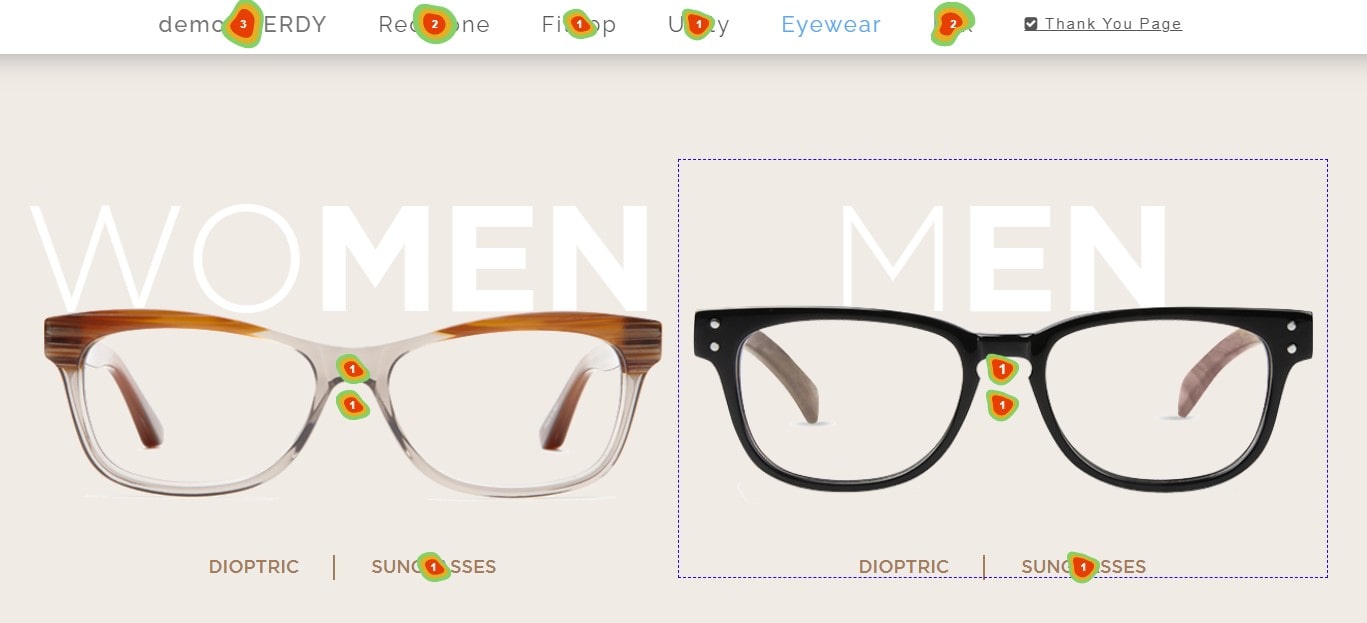
In the continually shifting field of UX design, constant upgrading of your skills is essential. As said, repetition makes perfect. Regular improvement of your work and acceptance of change can help you to grow into an agile, flexible, and greatly sought-after professional.
Consider the following to keep improving and engaged:
- Engage in personal projects or UX design contests to push your boundaries and develop your skills, so regularly addressing design challenges.
- Attend seminars and conferences: Go to industry gatherings and pick knowledge from other professionals to remain current with the innovative ideas and UX design techniques.
- Comment and retort: Examine and discuss each other’s colleagues’ work. Positive criticism can highlight areas needing improvement and drive forward development.
- Learn in disciplines other than yours. Look at allied fields as marketing, psychology, or graphic design to widen your horizons. You can come across unique ideas to enhance your UX project.
Maintaining an open-minded and inquisitive approach will assist you to develop into a versatile and valuable instrument in the often shifting area of UX design.
Final Thought
Beginning a successful road as a UX designer is exciting and gratifying. Developing technical abilities, encouraging creativity, and keeping current with industry trends mix to define the art of user experience design as you have discovered in our “How to Become a UX Designer (2023 Guide”).
Recall that by bridging people and digital platforms, a UX designer produces interesting, aesthetically pleasing and quite functional websites. As you start this road, prepared to:
Get lost in UX ideas and highest standards.
Support top-notch education and instruction.
Keep open-minded and adaptable, welcoming new instruments and techniques.
Promote industry professional networking as well as collaborative projects.
These methods will enable you to negotiate the sometimes changing terrain of UX design and leave a path of happy users behind.
Not least of all, don’t undervalue Plerdy’s UX analysis tools; the secret to find data-driven insights and optimize user experiences is their availability. By means of these powerful tools, you will be able to maximize your UX design capacity, so altering heads and hearts in the digital domain.
You then need what? Starting your UX design path can help you to leave your mark as a great designer; the world is yours!
